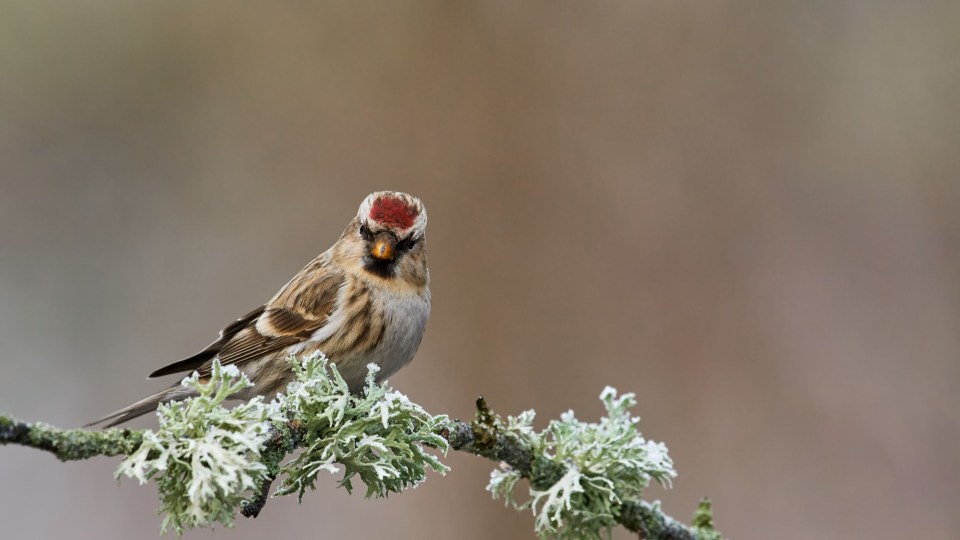Species Guide: Siskin (Spinus spinus)
Family: Fringillidae
APPEARANCE
The Eurasian Siskin is a charming little finch even smaller than a greenfinch! It sports a cute forked tail and has a narrow bill. The males are especially bright with their sunny yellow breasts and cheeks, topped off with a stylish black cap. On the other hand, the females have a softer look with pale feathers, earthy dark streaks, and a touch of dull yellow here and there. Both the male and female have wings beautifully striped in yellow and black, making them a delight to see!

Diet
Siskins are primarily seed feeders, with a particular preference for tree seeds, especially those from pine trees. They also consume seeds from alder trees and birch trees. During the summer months, insects become an important part of their diet, providing essential nutrients. As natural seed supplies diminish in the countryside, Siskins often migrate to gardens, where they can be observed feeding alongside common garden birds at hanging feeders.
For reasons that are not entirely understood, Siskins are highly susceptible to diseases, including Salmonella and Trichomonosis. If you do put bird feeders out, they must be kept clean, as it is not unknown for complete populations of Siskins in an area to be wiped out.
Ad Space
HABITAT
The Siskin confidently breeds across Britain and Ireland, though it is less prevalent in central and eastern England compared to other areas. In winter, Siskins can be spotted almost anywhere in the British Isles, as their breeding populations are enhanced by newcomers from various parts of Europe.

Summer
Resident
Winter
Behavior
Siskins punch well above their size and weight when it comes to the defense of their territory, especially when it comes to food. You will commonly see them bullying birds much larger than them!
Siskins build their nests in trees using twigs, moss, and other soft materials. Typically, they lay four to five eggs that hatch after approximately two weeks. The nestlings remain in the nest for about another two weeks before fledging.

Biometrics2
| Wing Length | 70-76mm |
| Body Weight | 11.4-14.9 grams |
| Longevity | 2 Years |
NATURAL PREDATORS
Sparrowhawks are their main predator, though the nests are also vulnerable to a number of mammals.
Conservation Status
The siskin population has increased by 61% from 1995 to 2015. However, the loss of woodland habitat and the trees it depends on for food pose a potential threat. They are green-listed in the UK, and registered as Least Concern by the IUCN from a global viewpoint.
U.K.
Conservation Status

Global
Conservation Status

Related Articles















Citations
- By IUCN Red List of Threatened Species, species assessors and the authors of the spatial data., CC BY-SA 3.0, [Accessed 10/10/2025] ↩︎
- BTO ↩︎







